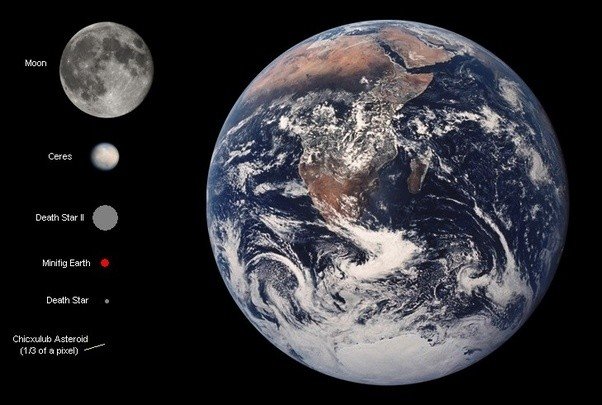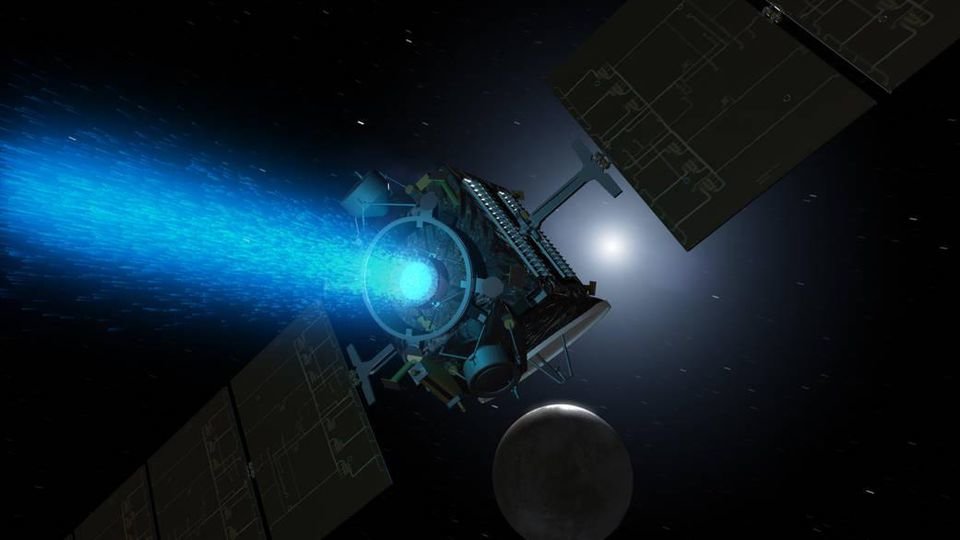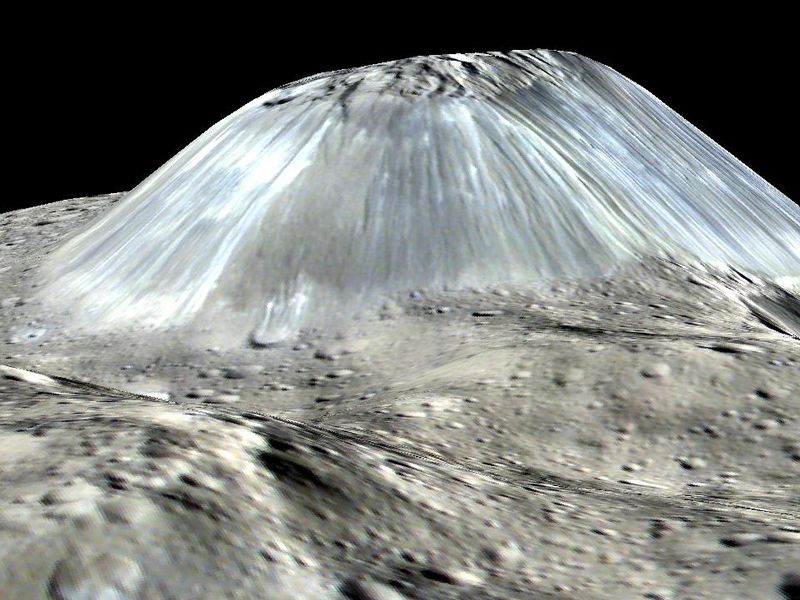NASA recently found interesting evidence on dwarf planet called Ceres, which shows that life could possibly exist there. Could this strange planet with Earth-like characteristics be home to extra-terrestrial life?
Water Found on Dwarf Planet

A study published by NASA scientists on February 16 revealed the discovery of organic molecules containing carbon and other building blocks of life on the dwarf planet Ceres. The breakthrough study, which was published in the Science Journal, says that the organic molecules found on Ceres’ surface seem to be native to the planet and have most probably formed there instead of being carried from space by a comet or an asteroid.
Since Ceres is a small planet, it is likely to retain most of its internal heat from the period of its formation. The planet may also hide secret oceans buried deep under its surface, which could open new doors to the possibility of sustaining life. But if the planet already contains the necessary building blocks of life, could it also be home to primitive creatures?
Planetary scientist Michael Küppers from European Space Astronomy Centre thinks that it is highly likely. In an article published in the same journal as the NASA study, Küppers commented that Ceres joins the class of other planets and satellites like Mars in a sense that it has similar capabilities of harboring life as observed in other entities inside our solar system.
Ceres’ Strange Organics

Dawn Spacecraft travelling to Ceres
In September 2007, a $467 million mission called ‘Dawn’ was launched to examine two of the largest and most interesting satellite objects in Jupiter’s asteroid belt, Ceres and Vesta. The space probe launched by NASA in July 2011 circled around Vesta, which had a diameter of 530 kilometers.
Dawn returned with information on the dwarf planet in late 2012 after which it set out on a journey to study Ceres, which is almost twice the size of Vesta. The probe finally returned from its adventure in March 2015, earning the reputation of the first and only spacecraft to have traveled to two different space objects beyond the moon.
While studying Ceres, NASA probe made a number of bizarre discoveries which pointed towards the theory that life could be possible on this dwarf planet. First, photos of strange spots resembling water crystals were found on the crater floors.
Could Humans Inhabit the Alien Planet One Day?

An ice volcano almost four kilometers tall was discovered on the planet’s surface which led scientists to believe that more frozen water is trapped at the subsurface level of Ceres’ poles in the form of vast oceans.
Dawn also picked up on organic molecules and other carbon-containing compounds with its infrared instrument which were spread throughout the planet’s 53 kilometer-wide Ernutet crater. The research team believes that there could be more areas on Ceres rich in organic molecules that could sustain life on this dwarf planet. Scientists explain that the planet could also be hiding organics at a subsurface level below Dawn’s detection limit.
Although the infrared detection system in Dawn isn’t precise enough to identify what exactly the organic compounds found on the surface of Ceres are, scientists think that their characteristics are consistent with some of the familiar carbon substances such as asphaltite and kerite.
Scientists think that the organics found on Ceres probably belong to the dwarf planet itself because had they been carried there by a comet or an asteroid, the extremely high temperature from the collision would have destroyed their molecular composition.
Researchers are speculating that Ceres’ organics must have formed due to reaction with water or steam at the subsurface level but no one is sure why the hydrothermal activity occurring deep underground is producing organics above the surface. The high-resolution data received by the scientists is still under investigation, and it will take a long time before NASA finds answers as to why Ceres is so special and if humans could inhabit the dwarf planet one day.










